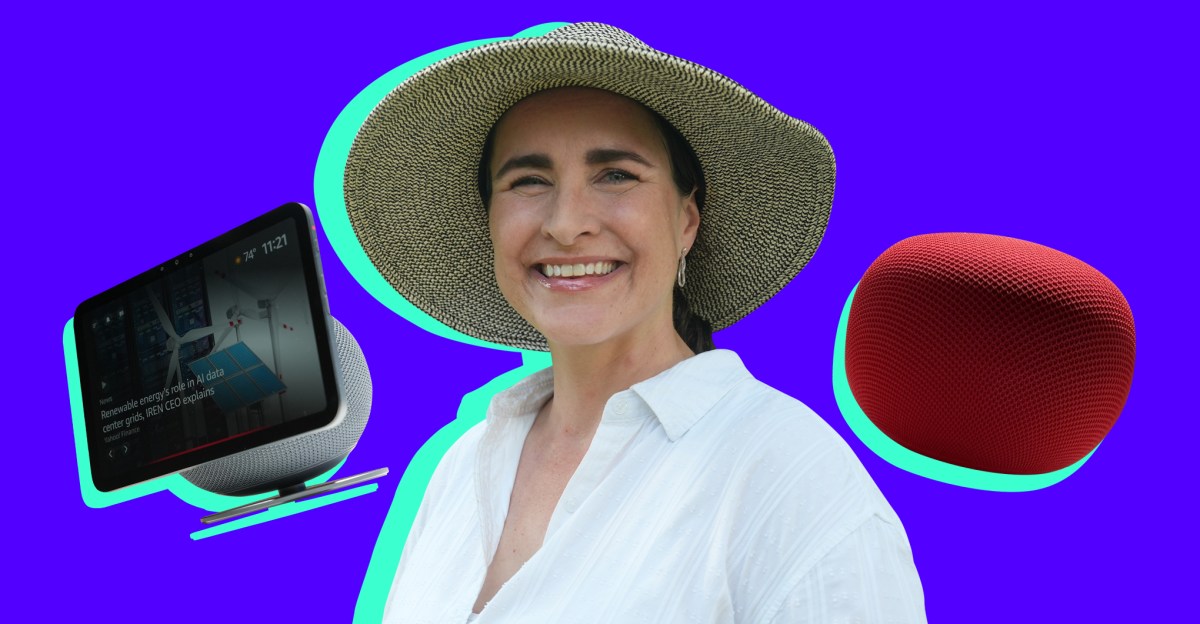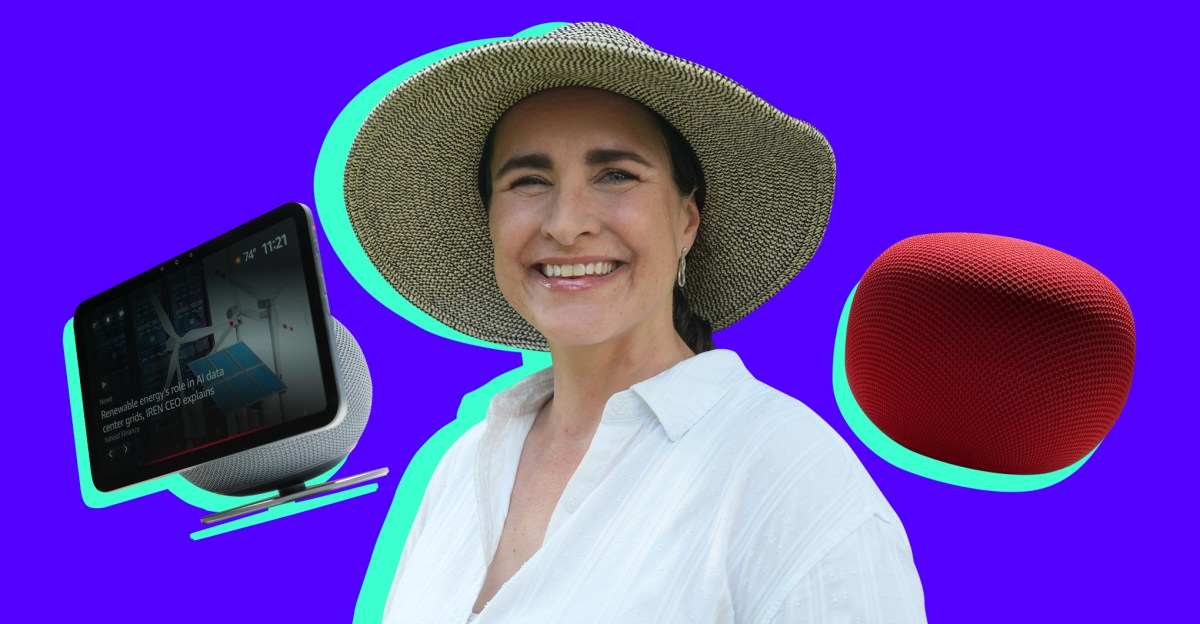Key Points
- Amazon unveiled Echo Show displays and Echo speakers with the Alexa Plus AI voice assistant.
- Ring added a 4K video doorbell and an AI feature for locating missing dogs.
- Google introduced Gemini for Home, replacing Google Assistant with a Gemini‑powered voice assistant.
- New Gemini‑compatible Nest security cameras and a video doorbell were launched.
- Google partnered with Walmart to offer low‑cost cameras and announced a new Google Home speaker for next year.
- Both companies are emphasizing AI to enhance smart home interaction and functionality.

Amazon’s New AI-Powered Echo and Ring Devices
Amazon rolled out refreshed Echo Show smart displays and Echo smart speakers equipped with an AI‑enhanced voice assistant called Alexa Plus. The upgraded assistant is described as more conversational and better at managing connected home devices. In parallel, the company expanded its Ring security portfolio, adding a 4K‑capable video doorbell and introducing an AI‑driven feature that leverages Ring cameras to help locate missing dogs.
Google’s Gemini Integration and New Nest Products
Google announced a comprehensive refresh of its smart home strategy by integrating Gemini, its latest large‑language‑model AI, into Google Home devices. The new Gemini for Home voice assistant replaces the existing Google Assistant and promises a smarter, more responsive experience. Alongside the software upgrade, Google released Gemini‑compatible Nest security cameras and a new video doorbell. The company also launched an affordable line of cameras in partnership with Walmart and previewed a new Google Home smart speaker slated for launch next year.
Implications for the Smart Home Market
Both tech giants are positioning AI as the core differentiator for the next generation of smart home products. Amazon’s Alexa Plus and Ring AI features aim to deepen user engagement by offering more natural interaction and novel utilities such as pet‑finding assistance. Google’s Gemini for Home signals a shift toward large‑model‑driven voice assistants, potentially raising the bar for conversational capabilities across the industry. The simultaneous rollout of new hardware from both companies suggests intensified competition, with consumers likely to benefit from richer AI‑powered experiences and expanded device ecosystems.
Source: theverge.com
